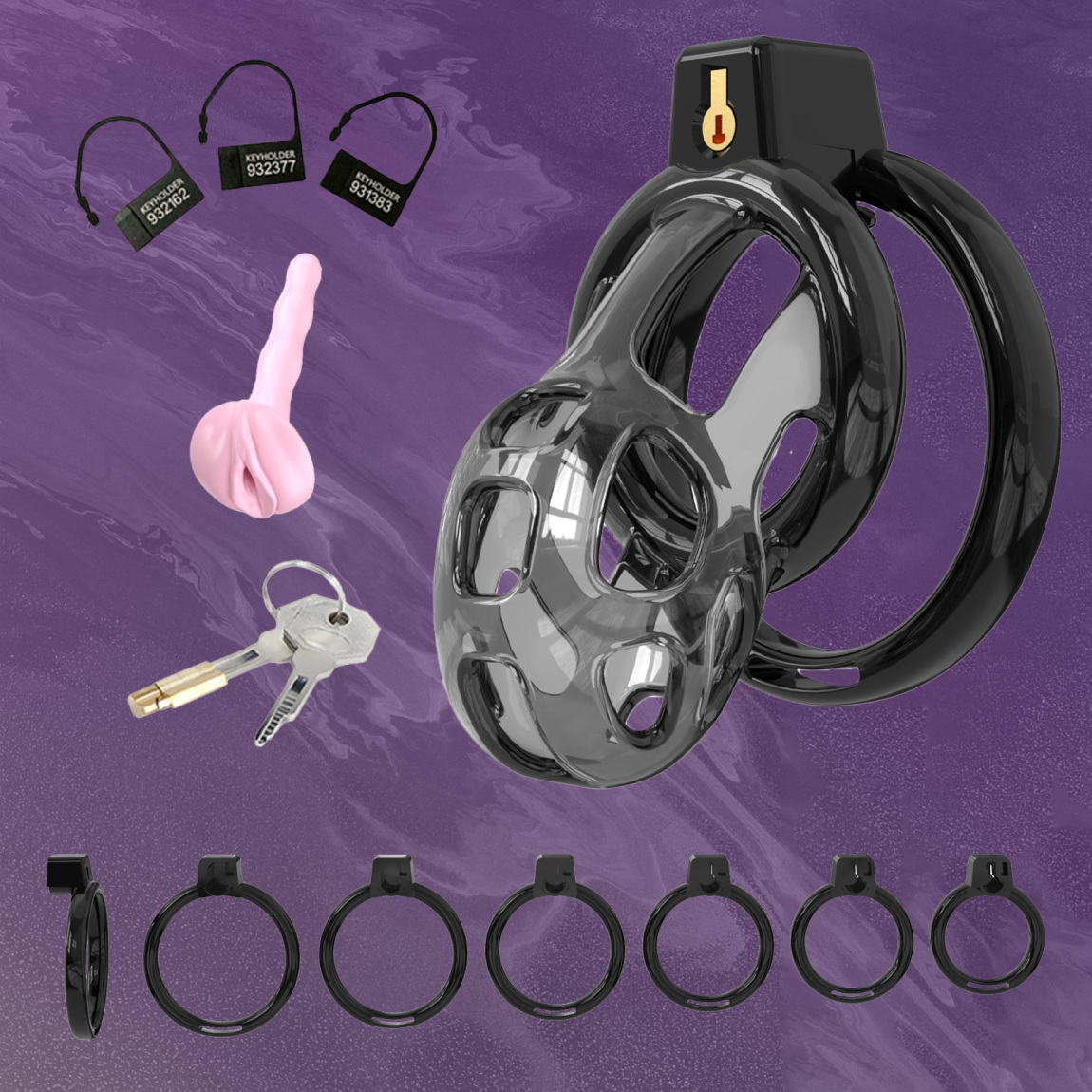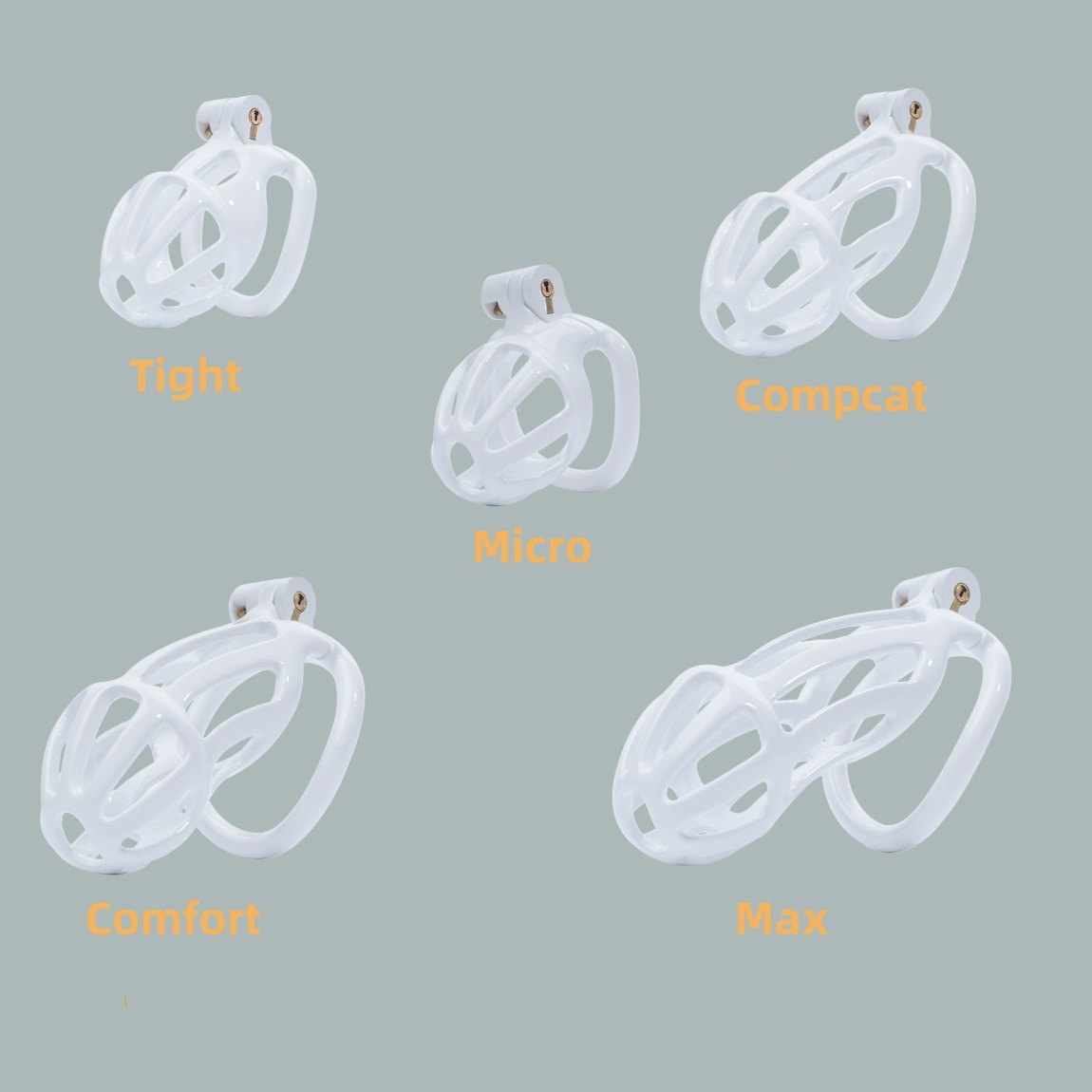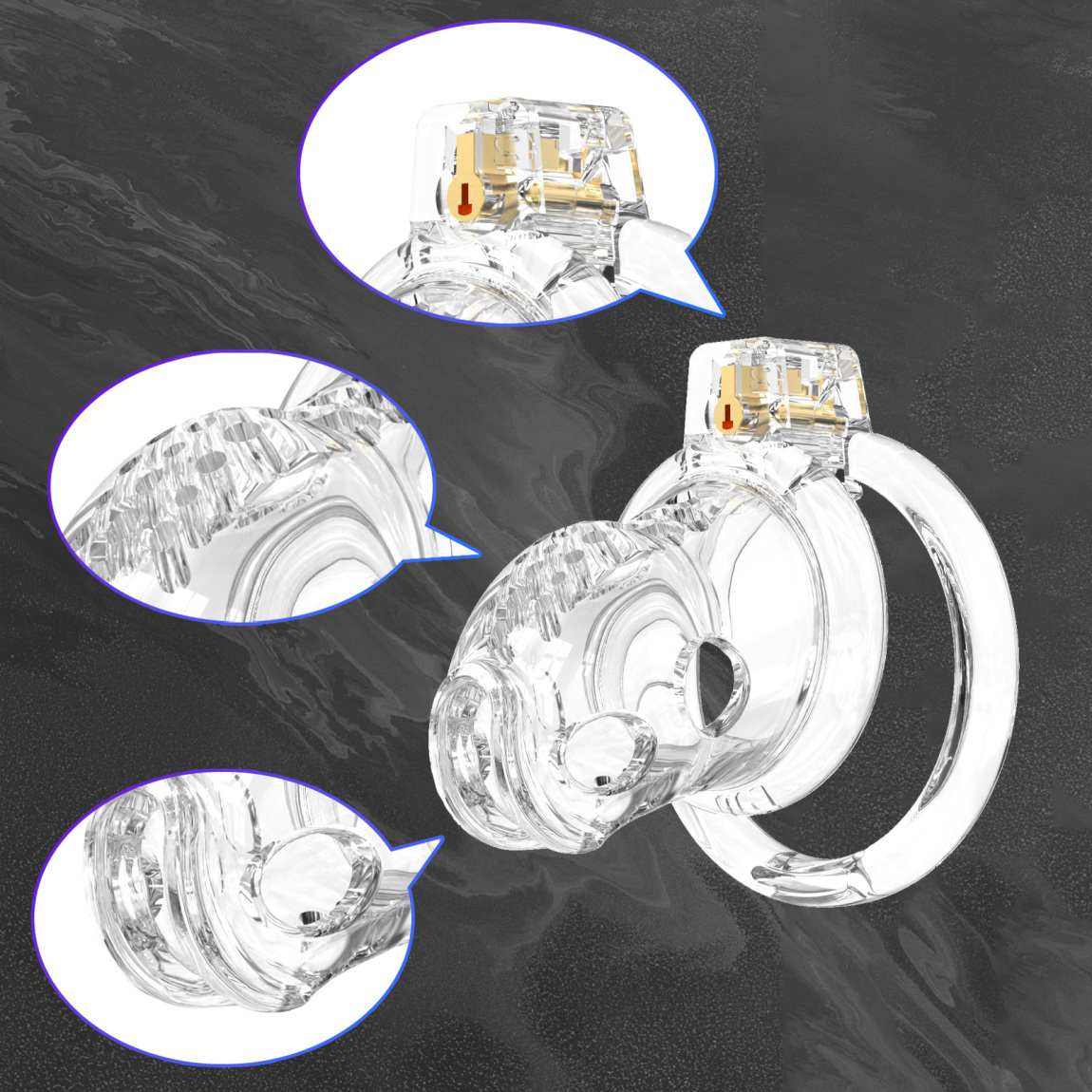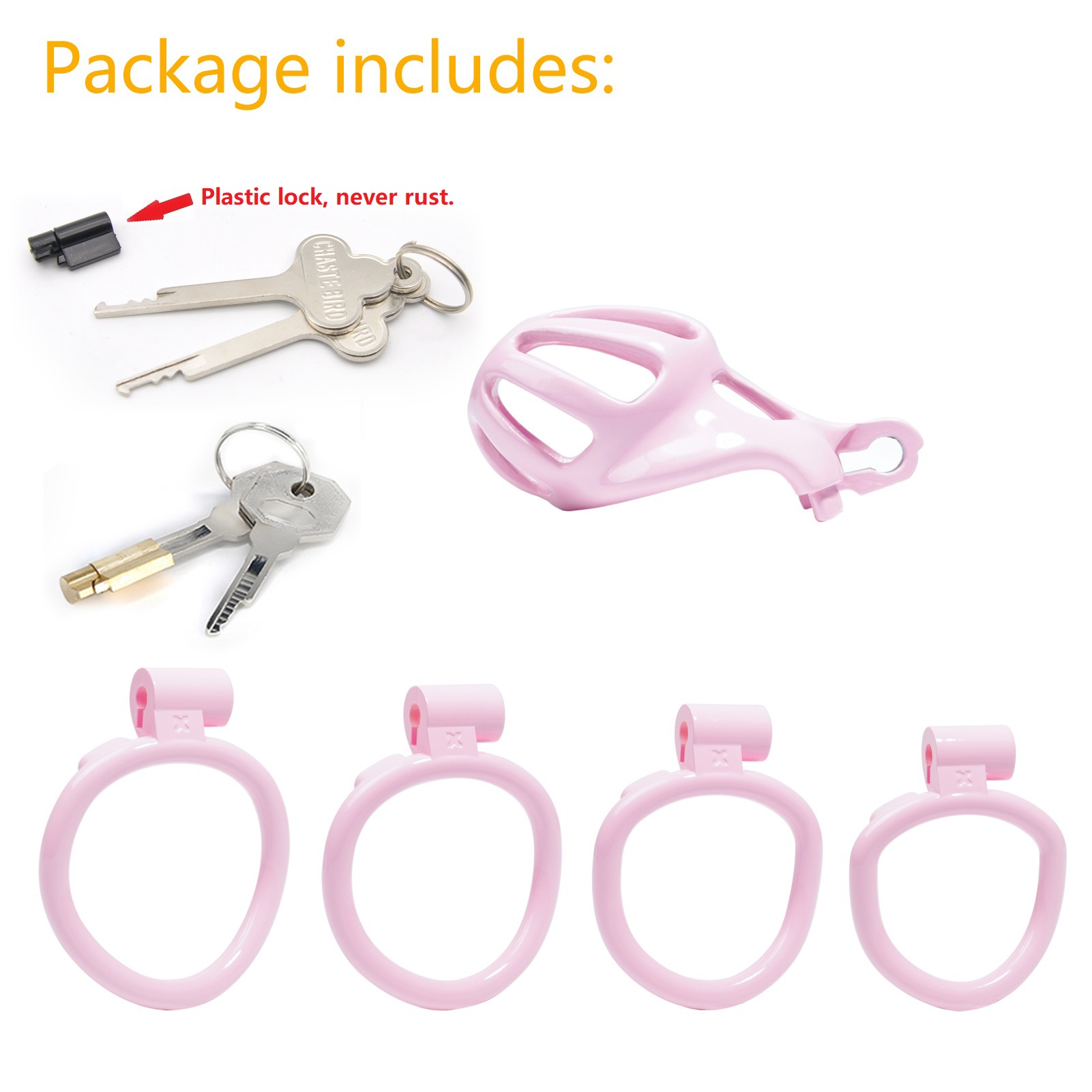Metal vs Plastic: Best Chastity Cages 2025 Guide
2025-07-14
When it comes to choosing a chastity device, one of the most debated questions is whether metal or plastic offers greater safety. Safety in this context doesn't just mean durability—it also includes hygiene, long-term comfort, and the ability to prevent unauthorized removal. At RUPIPI CHASTITY, we've seen thousands of users try both, and today, we're breaking down the pros and cons of each material to help you choose the best fit for your needs.
What Do We Mean by "Safe"?
Before diving into comparisons, let's define what "safe" means for chastity wearers. A safe chastity device:
-
Stays securely locked in place without causing injury
-
Is made of body-safe materials that won't irritate or damage the skin
-
Can be worn long-term with minimal discomfort
-
Makes unauthorized escape nearly impossible
-
Maintains hygiene to avoid bacterial or fungal issues
Both metal and plastic cages can check these boxes—but in different ways.
Strength and Tamper Resistance
If we're talking physical strength, metal wins by a mile. Stainless steel or titanium devices are nearly impossible to break without tools, making them the preferred choice for those seeking higher security.
For example, many wearers of cobra cage style devices notice that plastic versions—while discreet—can sometimes be manipulated under pressure. Plastic, especially lower-quality ABS, is more susceptible to cracking or bending. That means someone with enough time or determination could find a way out.
On the other hand, metal devices provide peace of mind. Their rigid structure is a deterrent to tampering, making them ideal for keyholders who prioritize strict control. Some of the best chastity cages 2025 on the market are precision-machined from medical-grade stainless steel to ensure both security and user safety.
Comfort for Long-Term Wear
Security should never come at the expense of comfort, especially for those looking into comfortable long term chastity. This is where plastic—or more specifically, TPE (thermoplastic elastomer) and polycarbonate—can shine.
Plastic devices are lighter, which reduces strain during long wear sessions. Many users report that devices like the RUPIPI soft-touch cobra cage feel more natural during sleep and work, especially in hot climates. They also tend to be less likely to pinch, especially around the base ring, due to their flexibility.
However, modern metal devices have come a long way in addressing these comfort concerns. Many now feature ergonomic shapes, polished edges, and breathable designs. In fact, for some users, the weight of a well-fitted metal cage adds a psychological reinforcement of control and commitment.
Hygiene and Maintenance
A safe device is also a clean device. In terms of hygiene, metal again has the edge.
Metal cages are non-porous and easier to sanitize thoroughly. You can boil them (if they don't include plastic components), soak them in alcohol, or use antibacterial wipes without worrying about material degradation. For those with sensitive skin or prone to infections, this can make all the difference.
Plastic cages, while generally safe, require more careful maintenance. They can develop micro-scratches over time where bacteria may hide, and they may absorb odors if not cleaned properly. That said, newer plastic models made from medical-grade materials have improved significantly in this area.
If you're exploring comfortable long term chastity, hygiene routines should become a daily habit—regardless of material. Opt for cages with multiple ventilation holes and a design that allows for showering without removal.
Weight and Visibility
Plastic cages are often recommended for beginners or those concerned about discretion. They're lightweight, easier to conceal under clothing, and airport-friendly. If you travel often or plan to wear your device to the office, a plastic cage might seem like a safer choice socially, if not structurally.
Metal cages are heavier and bulkier—but for many, that's part of the appeal. The added weight is a constant reminder of submission. If your lifestyle allows for it, this added visibility can be more psychologically impactful.
So, Which Is Safer?
The answer depends on your goals, experience level, and priorities.
-
For maximum physical security and escape prevention: Metal cages are the safest.
-
For discreet daily wear, especially for beginners: Plastic cages may be safer in terms of comfort and social invisibility.
-
For hygiene and long-term health: Metal again takes the lead due to its easy sterilization.
-
For flexibility, softness, and sleep comfort: High-quality plastic (like the TPE-based cobra cage) remains a favorite.
Final Thoughts
Choosing between a metal and plastic chastity device isn't about which is universally better—it's about finding what's right for you. Many users start with a plastic model and graduate to metal as their comfort and commitment grow. Some rotate between both, depending on the situation.
At RUPIPI CHASTITY, we believe both materials have their place. That's why our 2025 collection of the best chastity cages includes advanced designs in both metal and TPE-plastic, all engineered with safety, hygiene, and control in mind.









